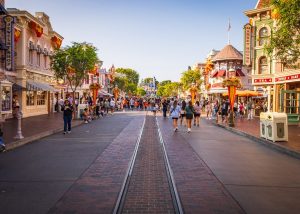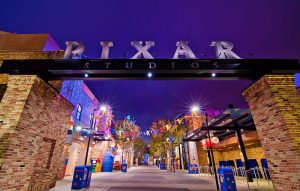Summer (Still) Is NOT High Crowds Season at Disney World
"It's normally the busiest time of year, but this summer has been slow at Walt Disney World," "Test Track shouldn't go down right as peak season starts," and "the parks should be packed but our
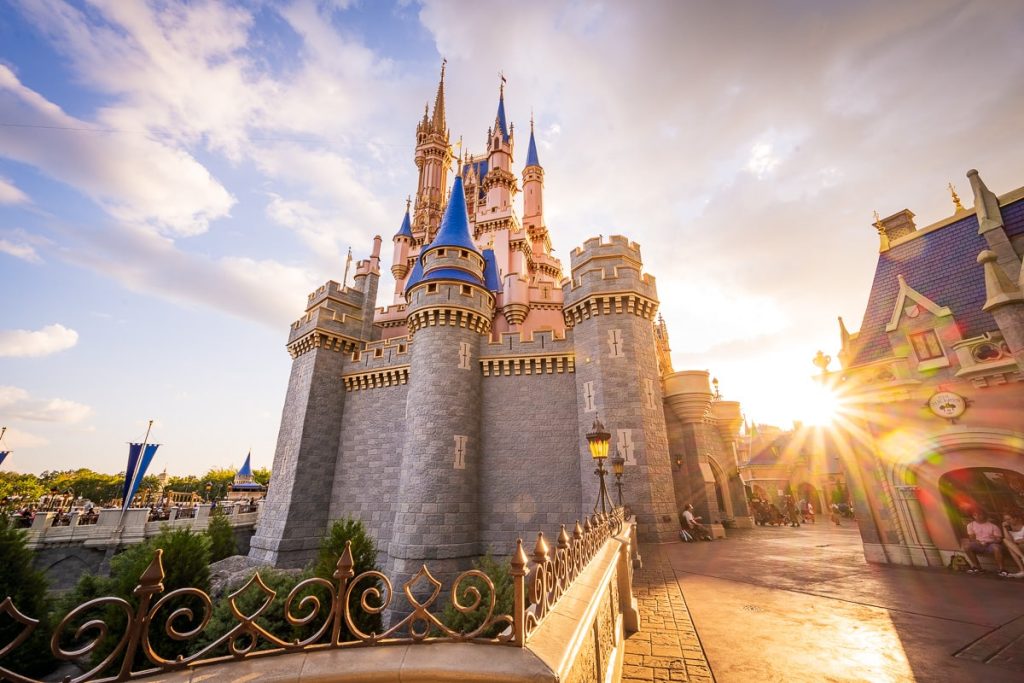
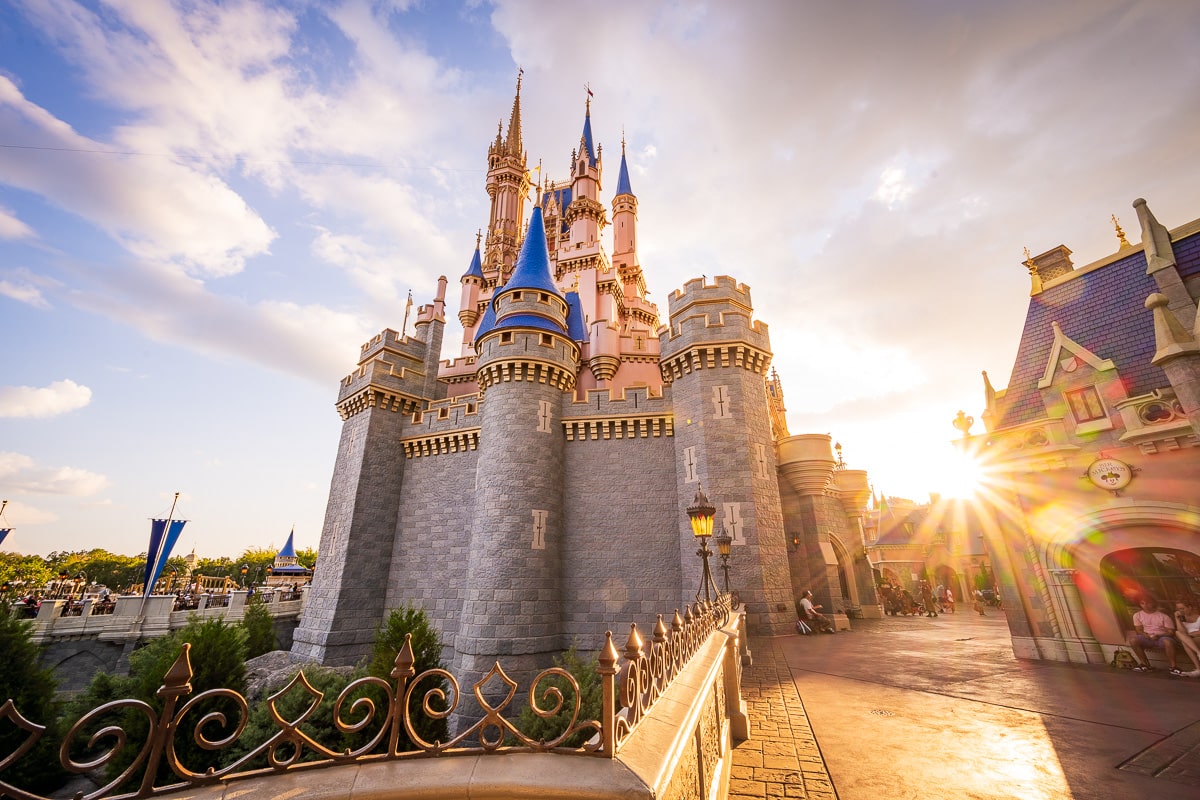
“It’s normally the busiest time of year, but this summer has been slow at Walt Disney World,” “Test Track shouldn’t go down right as peak season starts,” and “the parks should be packed but our dates were dead” are things we’ve heard recently–along with a lot of similar sentiment. This comes as no surprise, since summer crowds have been unpredictable and inconsistent the last several years.
The one thing summer hasn’t been, though, is peak season. Not for a long time. Back on June 26, 2017 we first published: Summer Is Not Peak Season at Walt Disney World. That explained how, despite the conventional wisdom that Memorial Day through Labor Day is the busiest stretch of the year in Florida, summer crowds weren’t as bad as in the past. It offered several potential theories explaining the why of this.
While a lot has changed in the 7 (!!!) years since that post was published, its sentiment rings true today. The explanations for lower crowds in June and July apply almost equally in 2024 as they did in 2016-2018. There obviously have been some major changes over the last several years, which is precisely why we’re revisiting this topic. So we might as well start with an “update” from 2019 through 2023…
As we’ve noted elsewhere, Walt Disney World has not experienced a “normal” summer in several years–since 2018. This is probably a big reason why some fans are being caught off-guard by the summer slowdown at Walt Disney World in 2024. Because it hasn’t been the case that summer has consistently been slow during the last 7 years.
There’s also the reality that many of us Walt Disney World fans are dinosaurs (in a good way!). Some of us are working on lengthy timelines, and we tend to refer to the third gate as the Disney-MGM Studios (or simply “MGM”), still groan about appetizers and tips no longer being included on the Disney Dining Plan, or think that they “just” reimagined Spaceship Earth (the current version is now the longest-running).
No surprise that it takes us a while to adjust to changes in crowd trends–we sometimes still think of February or October as the off-season, and, as it turns out, summer as peak season.
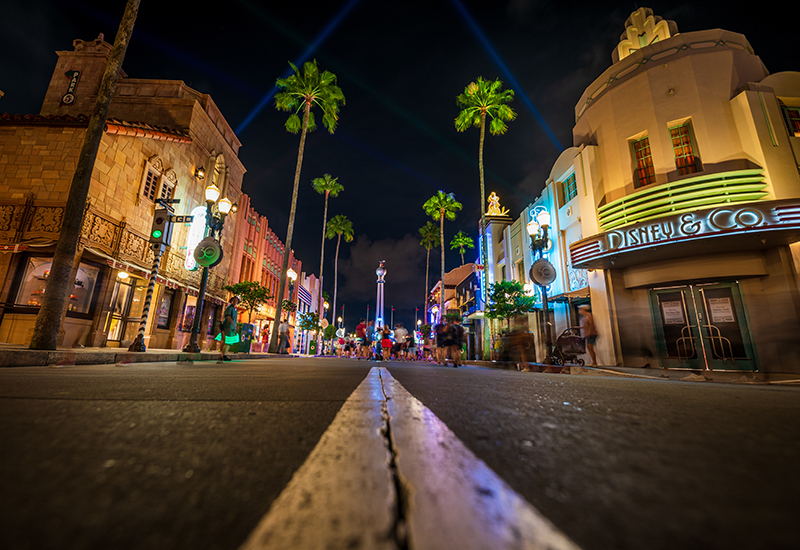
Let’s start this recap with Summer 2019, which was slow–very slow. That was in the lead-up to the opening of Star Wars: Galaxy’s Edge, during a window we dubbed the “Pre-Star Wars Slump.” Basically, fans were postponing visits until after that new land opened, resulting in summer being even slower than the (new) normal.
Low attendance and hotel occupancy during the first few months actually pushed Disney to move forward that land’s debut, which is why it opened without Rise of the Resistance. (There were also exceptional deals that year, including an unprecedented three waves of Free Dining.)
Then there was Summer 2020. The infamous year of the COVID closure. June broke records for low crowd levels…because all 4 parks were closed. The phased reopening of the theme parks began on July 11, with all four Walt Disney World parks reopened by July 15. Even once operational, the parks used reservations and only allowed 20-30% of their full capacity.
That didn’t matter during Summer 2020, as the parks couldn’t even hit that low mark. Suffice to say, the early part of the phased reopening was significantly slower than even the new normal and was an anomaly for obvious reasons. Anyone who has blocked what happened out their memory is going to rightfully disregard wait times data from the second half of 2020.

Then came Summer 2021. This is where things get really interesting! Travelers had been anxiously awaiting the end of health safety protocol, waiting to book vacations. And after months of half-measures and rumors, Walt Disney World ended all COVID-era restrictions on June 15, 2021. The only problem? They didn’t announce these changes until June 11.
Since there’s a lag between booking and traveling, crowds didn’t really heat up until July (versus Florida-wide stats showing airports and hotels doing blockbuster numbers from early June). From there, wait times data increased every single week until early August. I’ll never forget our bonkers July 28 visit to Magic Kingdom, which was the busiest day since March 2020.
That was also the day that Walt Disney World announced they’d reinstate indoor face mask rules as of July 30. And with that, the revenge travel party came to a crashing conclusion–or at least, a temporary pause.
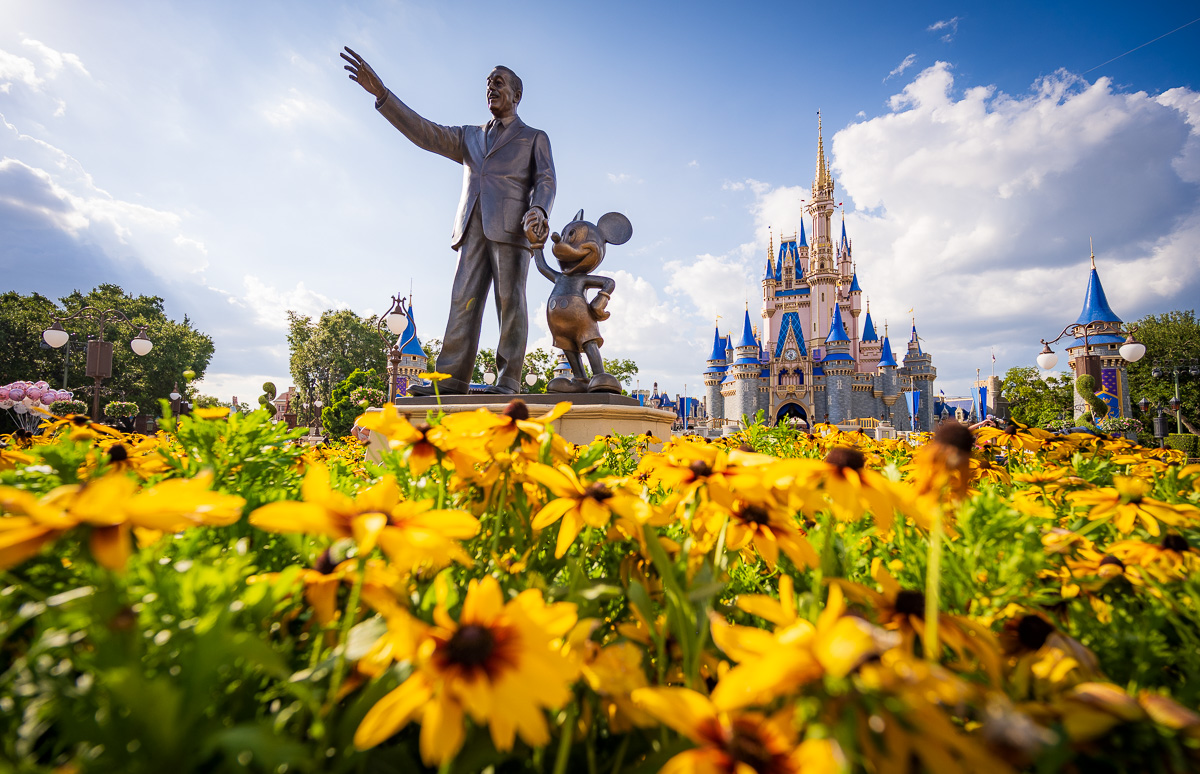
Enter Summer 2022, the “do over” season for pent-up demand. While the height of the post-COVID travel occurred that winter and spring, the entire year was busy. That included June and July. Wait times for both months were well above-trend, which was true for literally every single month of 2022.
From my perspective, what’s more interesting than than overall monthly numbers is the trajectory of crowds. Summer wait times peaked in early June and decreased consistently from there–the exact opposite of the year prior! In this case, the reason was very different: rising gas prices, inflation, and fears about the broader economy.
Nevertheless, it was a scorching summer at Walt Disney World by any reasonable account. It would thus be foolish to compare the last two years to 2022 unless doing so in the context of the exhaustion of pent-up demand (as we have done). Otherwise, you run the risk of falling into a narrative about every season/month/week/day experiencing a slowdown. When really, it’s a reversion to the mean.
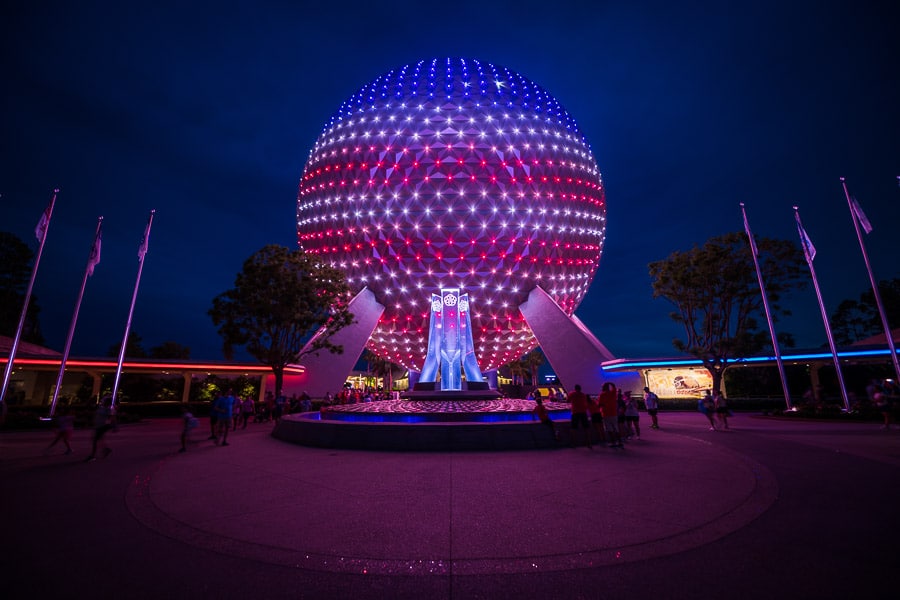
That brings us to Summer 2023. Last summer wasn’t that abnormal, but did have its own unique wrinkles. The big one that garnered mainstream media coverage was how Independence Day was downright dead at Walt Disney World. It was such a hot topic that it drew an explanation from CEO Bob Iger, who attributed the slowness to an exhaustion of pent-up demand in Florida as a whole and unseasonably bad weather, even by summer in Orlando standards. He wasn’t wrong, but that was also only part of the story–Disney had overly aggressive ticket blockouts that were the overriding issue.
Other than that, what I found somewhat surprising about last summer was that it had ‘twin peaks.’ There was one peak precisely when you’d expect in a normal (2016-2018) summer around the last week of June. (It would’ve been early July, but for those blockouts.) But there was another peak at the end of July. My best theory is that this was a ‘last hurrah’ for families wanting to visit before school went back into session in August–but it’s just that, a theory.
Regardless, summer crowd levels were lower across the board. Certainly not on par with the off-season or even shoulder season, but definitely not what you’d expect if you last experienced summer at Walt Disney World before 2016. It was downright delightful! Well…so long as you ignore the dreadful weather. Minor asterisk.
After all of that, we arrive at Summer 2024. Below is a look at weekly wait times not just from this year, but from the start of 2022 to show pent-up demand in action, as well as the exhaustion thereof. (As always, all graphs and stats are courtesy of thrill-data.com.)

Crowds thus far this year have been all over the place. The first three months were busier than expected, the first time there were monthly increases in wait time averages as compared to the prior year since January 2023. (Meaning that Jan/Feb/March 2024 were busier than Jan/Feb/March 2023.) This led us to theorize about Re-Revenge Travel at Walt Disney World in 2024–a second wave or reverberation of pent-up demand, meaning fans visited in 2022, took a year off, and were now returning.
The theory didn’t hold up for long. April dropped like a rock, and although May actually did increase a bit (due to last year having a very low floor), now June 2024 is down considerably. Last June, the average wait time was 37 minutes–that’s a 5/10 or moderate crowd level. June 2024 is seeing average wait times of 33 minutes, for a low level average of 3/10. That’s only a couple of minutes, but it does amount to 2 levels–and all adds up over the course of the day.
Most notable is Magic Kingdom, which has a 25 minute average for a crowd level of 1/10 in June 2024. This is down as compared to 31 minutes for 4/10 last year. (If you’re wondering about the resort-wide vs. Magic Kingdom discrepancy, it’s because average wait times for each crowd level fluctuate per park–DHS is the worst, MK is the best.) Hollywood Studios has also seen a huge drop. At the other end of the spectrum, EPCOT is relatively unchanged. Proof positive that people actually love CommuniCore Hall? Or maybe they just hate Giant Dirt Pits?!
It’s also worth pointing out that wait times are also increasing as of this week, with today (June 19, 2024) having crowd levels of 5/10. Although three days is too early to call it a trend, this gradual increase is precisely what we’d expect to see happening in the two weeks leading up to Independence Day, with a gradual downslope in the two weeks after.
With that explanation and recent history out of the way, let’s talk theories as to why summer is slower now (2016-2019; 2023-2024) than it was back in the day…
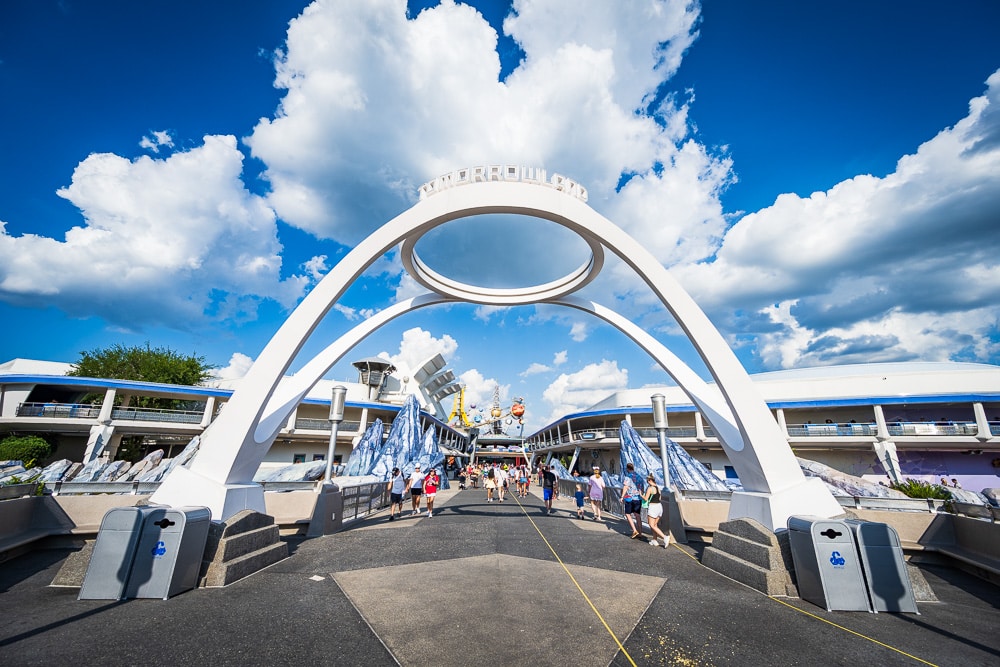
The biggest reason for lower crowds during the summer is pricing. This was more obvious back when we first published this post, as the trend became very visible in the couple of years after Walt Disney World moved to seasonal ticket pricing. That only accelerated once date-based rates were introduced for multi-day tickets, and with summer being one of the more expensive times of the year.
Anyway, for both tickets and hotel rooms, summer pricing tends to be well above-average from Memorial Day through the first weekend of August. To be sure, there are times when room rates and ticket prices spike higher (much higher), particularly around holidays and spring break. However, no other multi-month period has the same sustained level of higher prices.
Recognizing the reality that summer prices have discouraged visitors, Walt Disney World has sought to remedy this with ticket deals (the Florida Resident Discover Disney Ticket and 4-Park, 4-Day Walt Disney World Magic Ticket for the general public). They’ve also introduced a bevy of big discounts, including a reprise of the popular Free Dining offer.
All of that has definitely moved the needle for 2024 (meaning numbers would be even worse but for those promos!), but it’s still not enough. The average visitor to Walt Disney World does not do much planning–many look at prices on the website once, and if that’s out of their budget, they don’t visit.
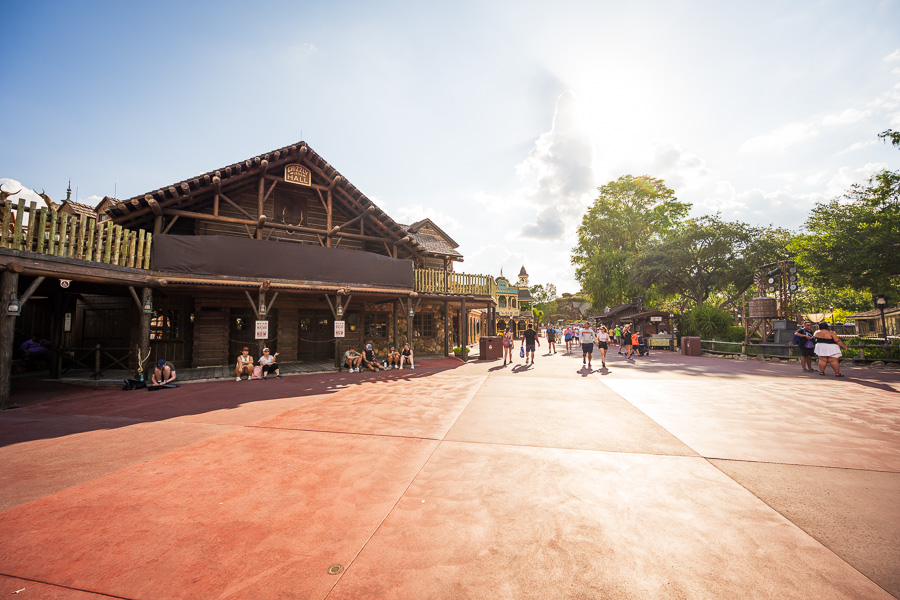
For many visitors, the elevated prices in June and July are significant. Between hotels and park tickets, the surcharge for a summer vacation could be over $1,000 for a family of 5, and that’s enough to justify postponing a visit for many people. Even a 1-day summer visit could cost an extra $100 or so for a family.
Of course, it also doesn’t matter for some families. Summer is the most convenient time for them to visit due to school breaks, so that’s when they go. This is the rationale for summer being the peak tourist season in the first place. For decades, summer has seen sustained crowds at just about every tourist destination, for that very reason.
However, we would posit that this matters less and less in the post-COVID climate. After extended stretches out of school, learning (and working!) remotely, families are less “afraid” to pull their kids out of school for vacation. Not all families or even most families, but just enough to move the needle.
There has definitely been a normalization of crowd levels, and remote school/work along with hybrid work/play trips are among the leading explanations. Anecdotally, we’ve heard from more and more readers who do exactly this. We can’t back it up with hard stats, but it passes the smell test and seems highly plausible to us.
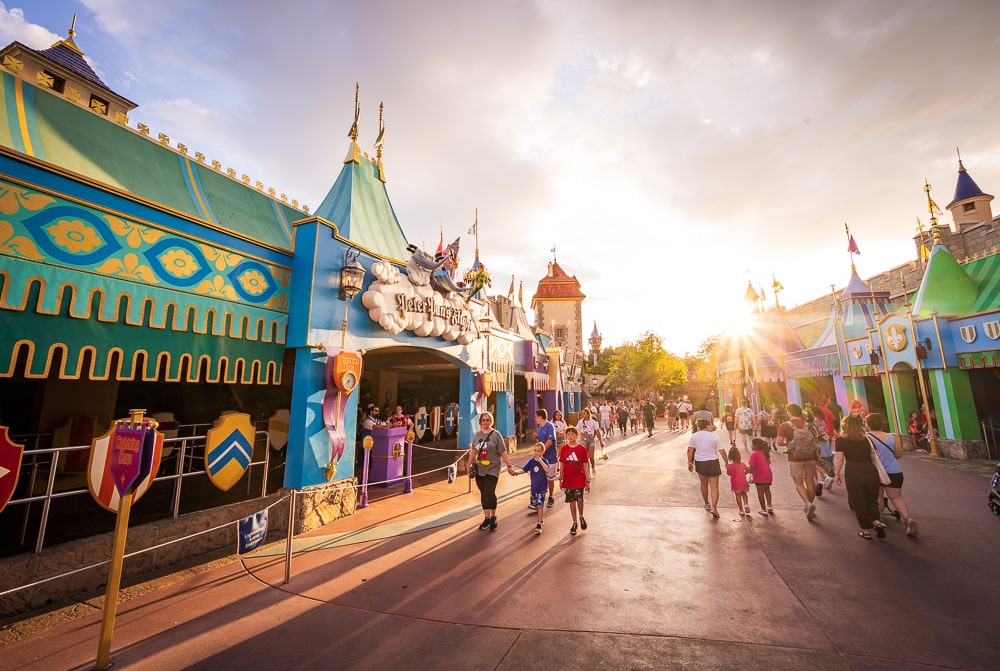
This brings us to the next big factor, which is weather. Floridians stay home when the forecast turns unseasonably hot, humid or rainy. Tourists cannot quickly pivot and those already booked won’t cancel–but they’ll likely spend less time in the parks per day. Equally as significant, they could be shifting trips away from the summer months, due to more reports of oppressive weather.
Things were pretty bad last summer. The Orlando area saw record-setting highs on several occasions, and had temperatures consistently in the 90s, with “feels like” temperatures well above 100º. In that kind of heat, you can also bet that many Annual Passholders opted to skip their weekend day trip.
Of course, it’s no news that summer is unbearably hot and humid in Central Florida. This is not a recent development, so you might argue that it shouldn’t amount to a change. However, the last couple summers have been especially brutal, and as more people avail themselves of online planning resources, tourists become more cognizant of just how hot and humid summers are in Florida.
Add to that the aforementioned willingness to pull kids out of school, and there’s a scenario where families have information and incentive not to visit in the summer. Others who are reluctant or unable to skip school might simply be more inclined to visit during breaks.
After brutal weather last June through August, I questioned the wisdom of visiting this time of year. And yet, we did again for previews of Tiana’s Bayou Adventure…just as another heat wave arrived. While I “have to” return for research during all months of the year, summer is entirely undesirable for a family vacation.
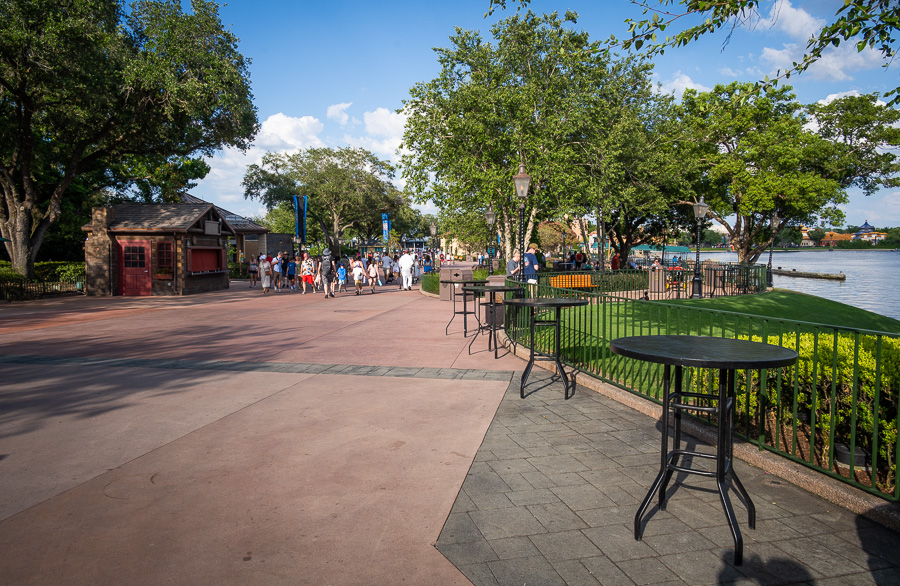
Another factor is the lack of special events to prop up summer numbers. This is somewhat an outgrowth of weather, because Walt Disney World simply cannot schedule runDisney races or outdoor ESPN Wide World of Sports competitions in June or July. At least, not without dire consequences due to the heat and humidity.
EPCOT also doesn’t have a summer festival for the first time since 2020, a move that really surprised us–we really expected something for the launch of CommuniCore. Regardless, this must be based in the practical reality that summer festivals simply are not as popular with locals or tourists. They’re not “worth it” for Disney to run.
Then there’s the Disney Meetings business for corporate events, which has fewer high profile conventions on the summer schedule. While I cannot speak to it with authority, I’d assume Disney Weddings is a similar story. (It’s also not as impactful on attendance either way.)
There are likely other variables I’m overlooking that could help explain why summer attendance has been down. Other factors might be at play, and in aggregate may have a noticeable impact, but I think those variables would be something visitors wouldn’t notice if it weren’t for the pricing, post-COVID schedule disruptions, and the weather.
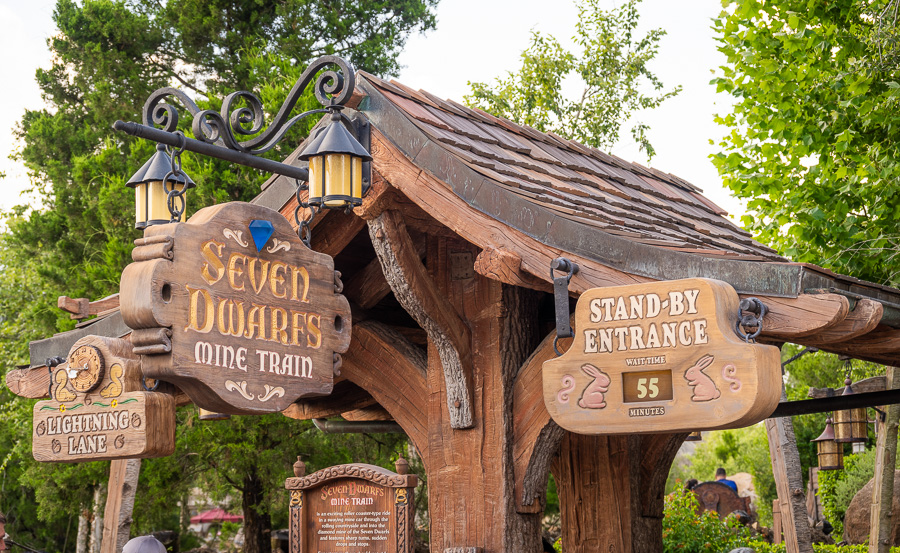
Finally, there’s the possibility that the overhaul of Disability Access Service to reduce abuse and misuse is having a positive impact on wait times. This was one of the driving forces behind the crackdown, and it will happen. Honestly, I’m kind of surprised by all of the cynicism about this being solely to push more Lightning Lane sales. That’ll also happen, but it’s both.
As we’ve said repeatedly in other contexts, queueing is a zero-sum game. If you have one class of guests benefitting disproportionately from a certain system, whether that be DAS or Lightning Lanes, there is necessarily another class, standby guests, who are disadvantaged. This isn’t even theoretical! Disney has been sued over accommodations for disabled guests in the past, and these stats have come out during discovery and testimony.
Regardless, I don’t think the crackdown is significantly moving the needle yet. Well, it probably is as of the last week or so, but it wasn’t like flipping a switch the day that the DAS changes rolled out. It would take time for uptake and the new DAS users to work their way through the system. That’ll definitely be a contributing factor to lower year-over-year wait times from the second half of June and beyond, though.
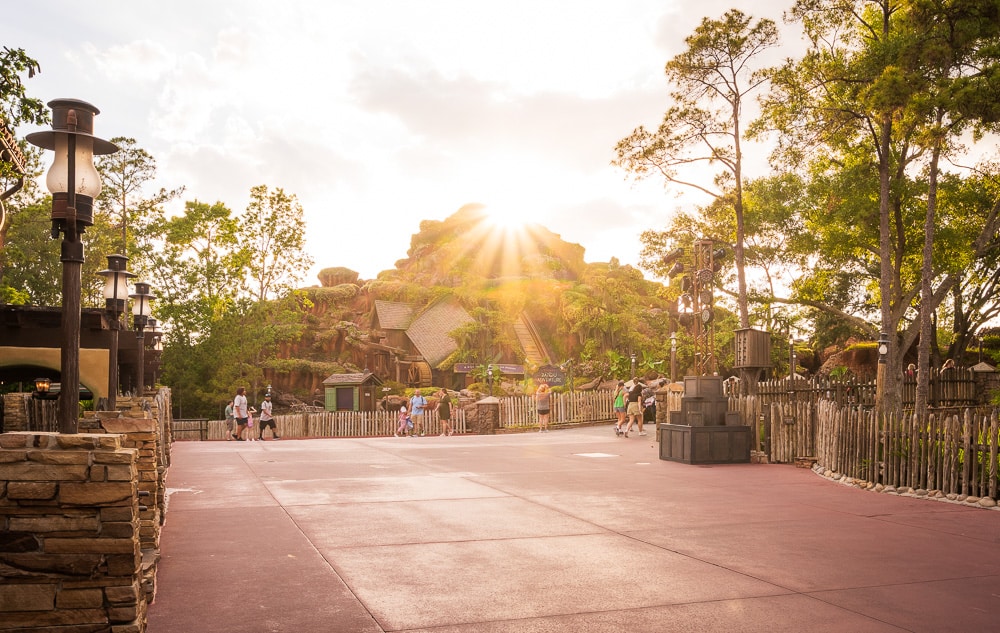
Then there’s theoretical delayed trips for Tiana’s Bayou Adventure opening, similar to the pre-Star Wars Slump of 2019. I find this to be implausible at scale. We’ve seen nothing to indicate a meaningful number of guests postponed trips in the lead-up to Guardians of the Galaxy: Cosmic Rewind or TRON Lightcycle Run, nor were there noticeable spikes after those debuted.
They were, essentially, non-factors. This is actually an interesting topic in and of itself (one of my theories is that the complexity of accessing new attractions has given guests cold feet about planning around them), but beyond the scope of this post. Regardless, I have a very difficult time believing that Tiana’s Bayou Adventure has more drawing power than either of those. (Country Bear Musical Jamboree, on the other hand…)
If we’re theorizing about postponed trips for new things, I’d be inclined to assert that Epic Universe is having a far more significant impact on Walt Disney World than Tiana’s Bayou Adventure. Even though that’s at Universal Orlando, there’s obvious overlap, and a new park has way more drawing power than a reimagined ride.
Moreover, Universal’s summer slowdown is even more pronounced than Walt Disney World’s (2024 vs. 2023 per wait times data). That’s exactly what you’d expect to see if a meaningful number of people are delaying visits–a major impact on Universal and spillover at Walt Disney World.
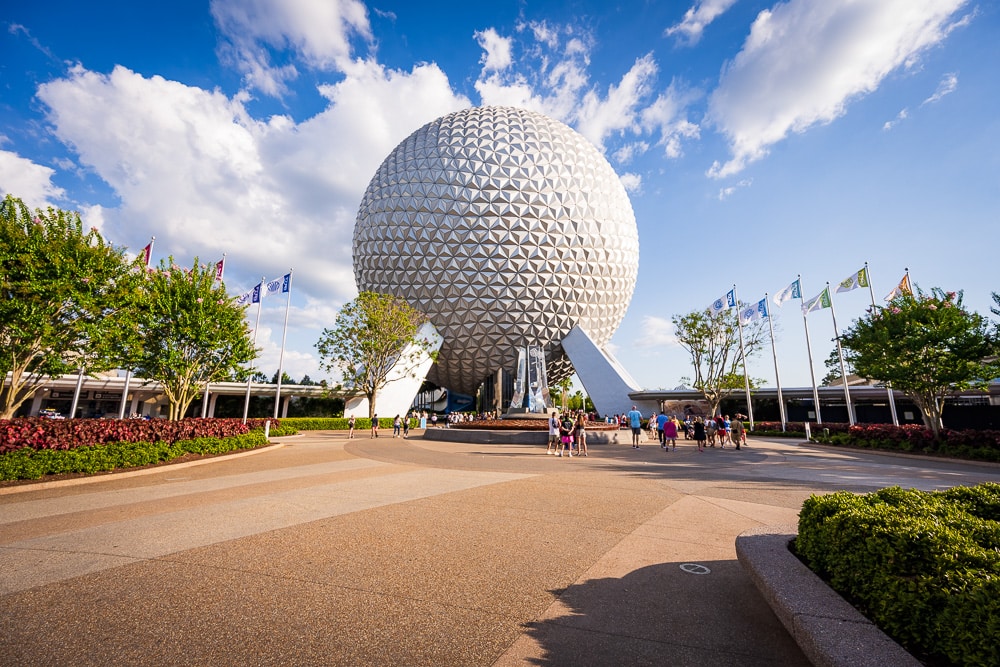
Ultimately, it’s true that wait times have been below-average thus far in Summer 2024, with crowd levels of around 3/10. It’s also true that this is not really a recent development. That is, unless you’re comparing to the pent-up demand period, in which case we could have articles about every single time of the year, contending that [insert month] is now off-season. Summer being slower was the new-normal for a few years pre-COVID closures, and why it seems notable this year is because things have been abnormal for so many summers that it’s hard to remember what normal even is these days.
Before you read all of this and think that summer suddenly sounds like a great time to visit, uh, don’t. If you previously ruled out a summer vacation to Walt Disney World, consider the possibility that you did so for good reason. I’m not saying you’ll have a bad time–as we often say, “a rainy day at Walt Disney World is better than a perfect day at home.” That’s true as always.
What I will say is that whatever “gains” you’ll experience during summer at Walt Disney World by virtue of objectively lower crowd levels and wait times will be wiped out by subjectively inferior everything else. If you forced me to choose between mid-June and mid-December, I would choose the latter without hesitation.
Not just because I love Christmas, but because I know I could overcome the higher crowd levels by virtue of good strategy or, quite simply, spending more hours in the parks per day because of less weather-induced fatigue. Stated differently, it is infinitely easier to beat the crowds than it is the weather.
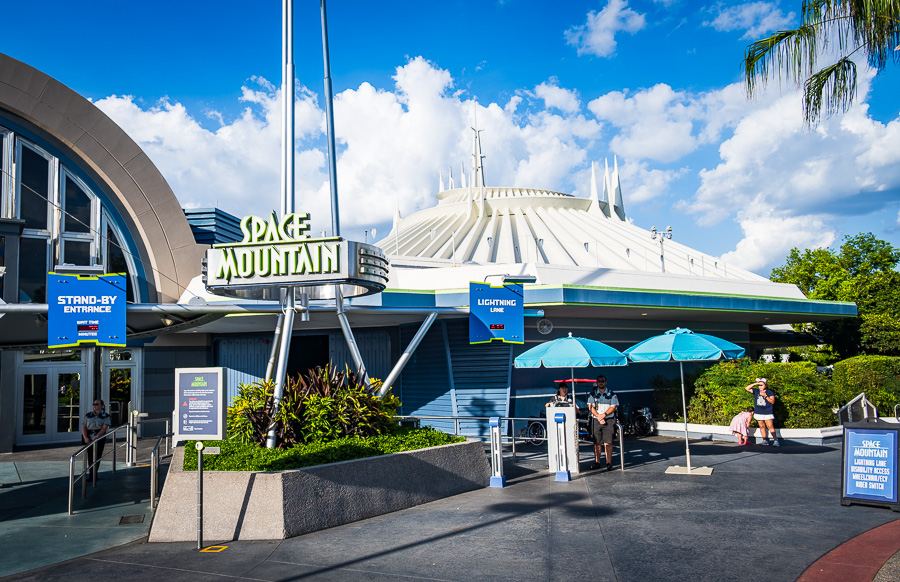
If you’re already looking forward to Summer 2025, hoping for a similar scenario, it’s probably worth pointing out that “summer is not peak season” is not the same as “summer is off-season.” To the contrary, the shoulder season (post-Spring Break through Memorial Day) and early fall off-season (mid-August after schools go back into session through fall break in late September or early October) are still slower than summer. June and July are no longer two of the busiest months of the year, as they once were. That doesn’t mean they’re two of the slowest. There are other options besides those extremes.
In the near-term, I also wouldn’t count on Walt Disney World’s summer crowds staying this low. Wait times and attendance are almost certainly going to gradually start increasing heading into the end of this month, especially since Disney didn’t make the same mistake with ticket blockouts for Independence Day 2024 and Free Dining ‘season’ starts soon. As noted above, crowd levels are already reaching the 5/10 or moderate range, and I wouldn’t be the least bit surprised to see 7/10 days before the month is over and through mid-July.
My expectation is that 3/10 crowd levels are in the rearview mirror for this summer, not to be seen again until the second week of August. If you wanted light crowds and high heat, you probably already missed your window of opportunity. Well, not for the latter…but that’s probably not much of a silver lining.
Planning a Walt Disney World trip? Learn about hotels on our Walt Disney World Hotels Reviews page. For where to eat, read our Walt Disney World Restaurant Reviews. To save money on tickets or determine which type to buy, read our Tips for Saving Money on Walt Disney World Tickets post. Our What to Pack for Disney Trips post takes a unique look at clever items to take. For what to do and when to do it, our Walt Disney World Ride Guides will help. For comprehensive advice, the best place to start is our Walt Disney World Trip Planning Guide for everything you need to know!
Your Thoughts
Do you agree or disagree with our assessment as to why summer crowds at Walt Disney World have been below-average? Or, do you disagree entirely, and think it’s been as busy–or busier–than normal? Any observations about attendance trends during the fall months that follow this summer dip? Hearing your feedback about your experiences is both interesting to us and helpful to other readers, so please share your thoughts or questions below in the comments!


